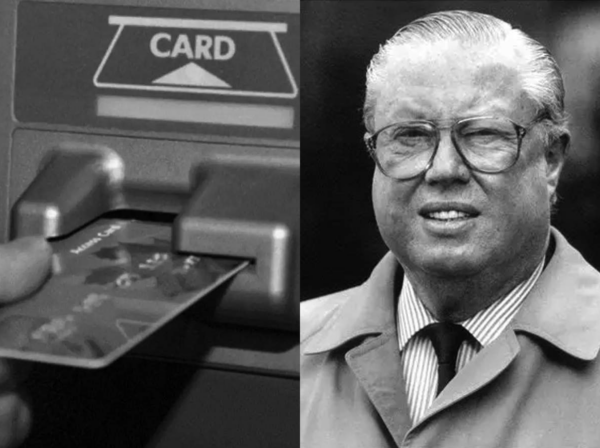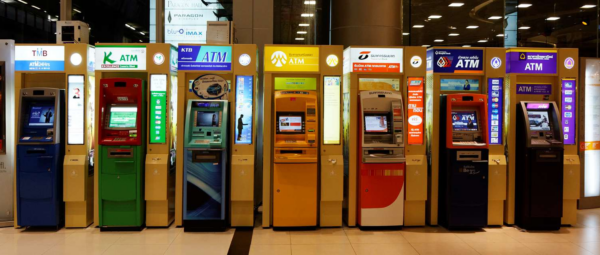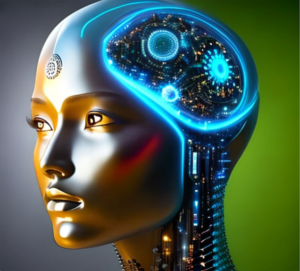ATM (Automatic Teller Machine) is a self-service device that enables bank customers to withdraw cash and check their account balances without needing assistance from a bank employee or visiting their bank branch, as any ATM can be used. Many ATMs also offer additional services, such as depositing money or transferring funds between accounts.

John Shepherd-Barron
Who invented the money dispenser?
There is much debate over who invented the ATM. Some credit the Turkish inventor Luther George Simjian, while others point to Don Wetzel or John Shepherd-Barron. John D. White reached out to ATMmachine.com, presenting strong arguments that Shepherd-Barron, not Wetzel, was the true inventor. Similarly, James Goodfellow from Scotland also contacted ATMmachine.com, agreeing with White’s conclusion. Although the ATM patent we recognize today wasn’t filed until long after Simjian’s time, the confusion remains. This is largely because Shepherd-Barron was in the UK, Goodfellow in Scotland, and the others were in the US.
Luther George Simjian
In the 1930s, Luther George Simjian developed an early version of the ATM, though it was not very successful, but he still patented the invention. He was the first to propose the concept of a machine installed in a wall for customers to perform financial transactions, but the idea faced significant skepticism. Beginning in 1939, Simjian filed 20 patents for this machine and persuaded a bank, now Citicorp, to trial it. After six months, the bank concluded there was limited demand for the device.
In the 1960s, John Shepherd-Barron introduced a cash dispenser while serving as managing director of De La Rue Instruments, which now manufactures these machines. De La Rue currently produces about one-fifth of the world’s cash dispensers. In 1967, the first of these machines was installed at a Barclays Bank branch in London, England. Shepherd-Barron later presented his invention to 2,000 bankers at a conference in Miami. On December 31, 2004, he was awarded the title of Officer of the Order of the British Empire (OBE) by the Queen of England.
James Goodfellow
As a development engineer at Smiths Industries Ltd., James Goodfellow proposed the idea of an automatic cash dispenser in 1965. Chubb Lock & Safe Co. was responsible for manufacturing safes and ATM machines. Goodfellow designed a system that utilized cards to read encrypted codes, which he enhanced by adding a numerical keypad. His invention was secured by UK Patent No. 1,197,183 on May 2, 1966, and US Patent No. 3,905,461, along with protection in various other countries. His US patent still describes the ATM’s functionality nearly 40 years later. These machines, marketed by Chubb LTD, were installed across the UK in the 1960s and early 1970s. You can read James Goodfellow’s story on ATMmachine.com.
Don Wetzel, Tom Barnes and George Chastain
In a 1968 interview with NMAH, Don Wetzel, vice president of Product Planning at Docutel, a company known for developing automated baggage handling systems, mentioned that he, along with two collaborators—mechanical engineer Tom Barnes and electrical engineer George Chastain—patented the ATM. Wetzel invested $5 million to develop the machine.
John D. White
John D. White, in a statement on ATMmachine.com, explains that his work began in 1968. He notes that the first ATM was installed in Rockville Center, Long Island, and later at Chemical Bank in August 1973. His design, called the “Credit Card Automatic Currency Dispenser,” was patented on May 9, 1973, under Docutel Corporation. The patent listed both White and Kenneth Goldstein as inventors. The machine, similar to modern ATMs, featured security measures such as “keyed original and updated codes” to prevent theft. It was programmed with security keys, changing codes, and scrambled communication between the ATM, the bank, and the network processor to prevent credit card fraud.

The Fatherhood Fight
James Goodfellow was not pleased when the medal was awarded to John Shepherd-Barron. He claimed that he had been responsible for the project involving the automatic money dispenser and had considered various security measures, including fingerprints, voice recognition, and biometrics. Goodfellow maintained that he originated the idea of the encrypted card with a private code.
In response, John Shepherd-Barron stated he had never heard of Goodfellow and emphasized that he was the first to develop a money transmitter using magnetic plates encoded with radioactive carbon C14.









